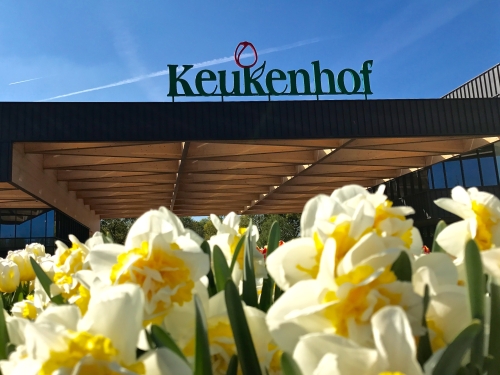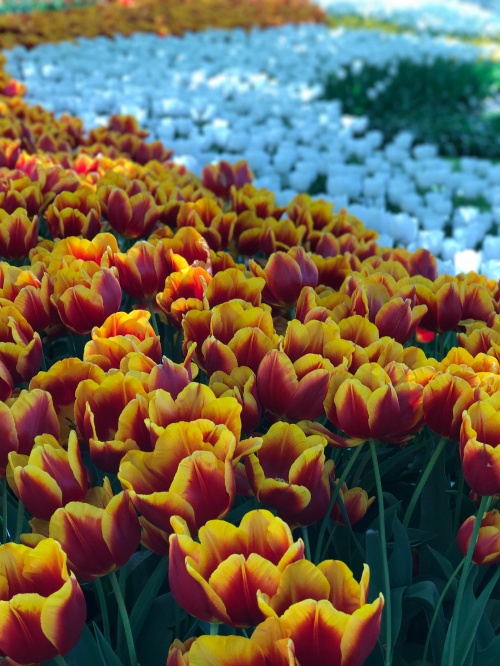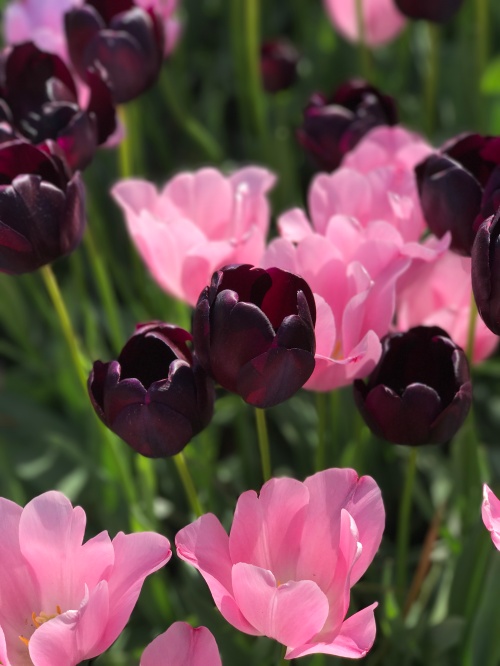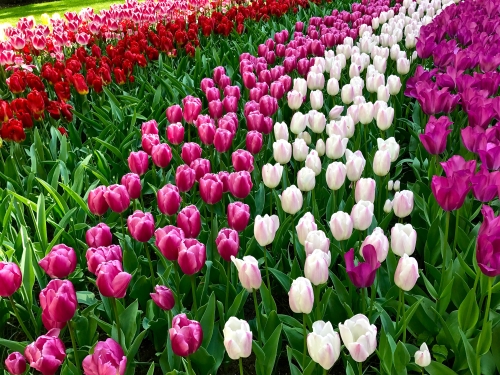2018 has been declared the ‘Year of the Bird’. This is a collaborative effort between National Geographic, National Audubon Society, Cornell Lab of Ornithology, BirdLife International, and several other organizations, and marks 100 years since the signing of the Migratory Bird Treaty Act. This American federal law from 1918 makes it illegal to hunt/kill, capture or sell migratory birds, and over 800 species are included in this list.
As far I am concerned, every year is the ‘Year of the Bird’! Recently, I had the opportunity to spend some time in the state of Assam in northeast India, and got to see many bird species for the very first time. Given that nearly a third of Assam’s geographical area is covered by forests, it is no surprise that the state has the highest bird diversity in India, with over 800 recorded species.
To give you a little bit of a background, my journey to Assam was prompted by a slowly disappearing tradition – Bodo weaving. The Bodos are the earliest settlers of the state and weaving is one of their prized traditional skills. I was based with an absolutely remarkable non-profit called the ant, which (among several other rural development projects) has been able to tap into the traditional knowledge of weaving among Bodo women, and create livelihood opportunities for them. The women are commissioned to weave fabrics, which are then fashioned into garments and sold in India, and exported internationally as well. (More about ‘the ant’ here.)
Visiting different villages with members of ‘the ant’ team meant that I got to see a lot of birdlife en route, as well as in the villages. But on most occasions I didn’t have my ‘birdie cam’ (my trusty Nikon Coolpix P900) with me and so, sadly, there are no photographs of the hornbill I glimpsed while traveling from one village to another, the beeaters and other species of passerine birds that lined-up neatly on power cables, the colourful kingfishers near the rivulet, the distinctive-looking Hoopoe, the Rufous Treepie and several more species whose names I have yet to figure out.
I did however, manage to photograph a few common birds around ‘the ant’ campus. Here are some of them:

A White Wagtail (‘baicalensis’ sub-species) – several species / subspecies of wagtails are winter migrants to Assam

Cattle Egret – As the name suggests, this bird usually accompanies large, grazing animals like cattle.
During my time in Lower Assam, I made one quick visit to Manas National Park and saw a few more birds there as well (blog post on Manas coming soon).
I’m confident my recent trip to Assam was the first of many to come, and I can’t wait to add to this list of birds. Stay tuned!
For more of my birdwatching posts, please click here: Singapore, Sulawesi (Indonesia), Seychelles & Amsterdam





































































































